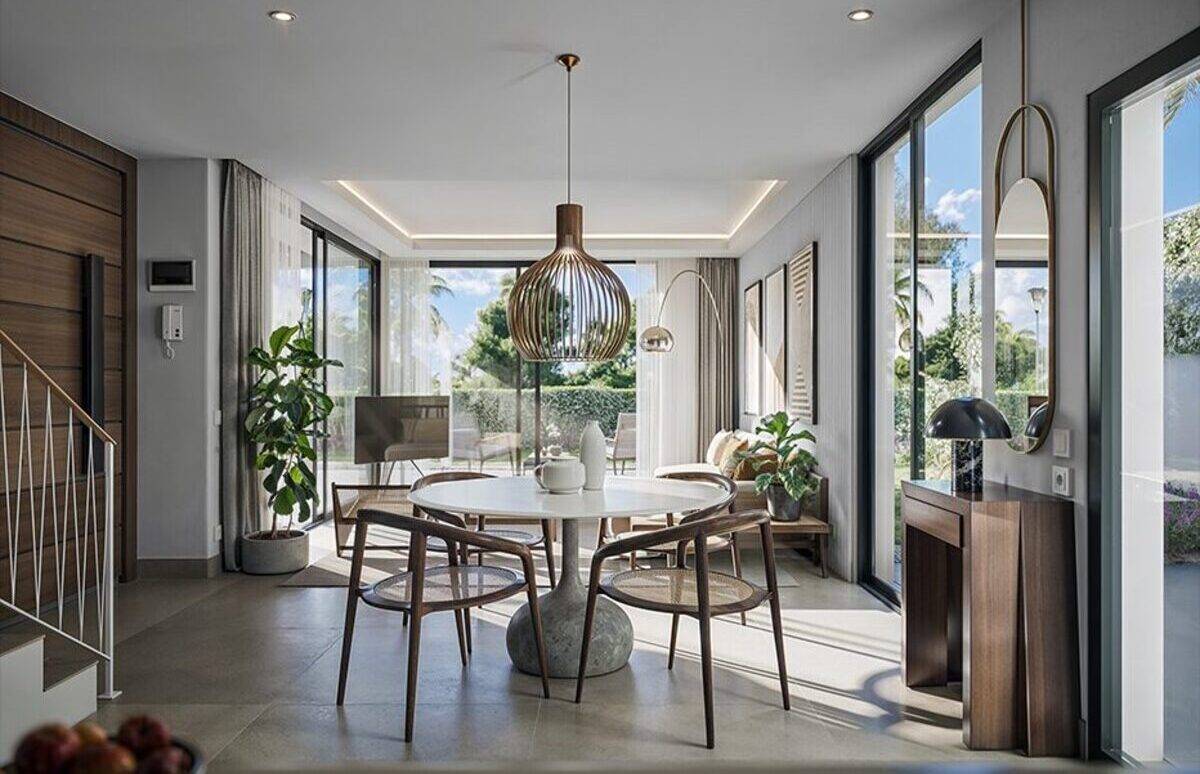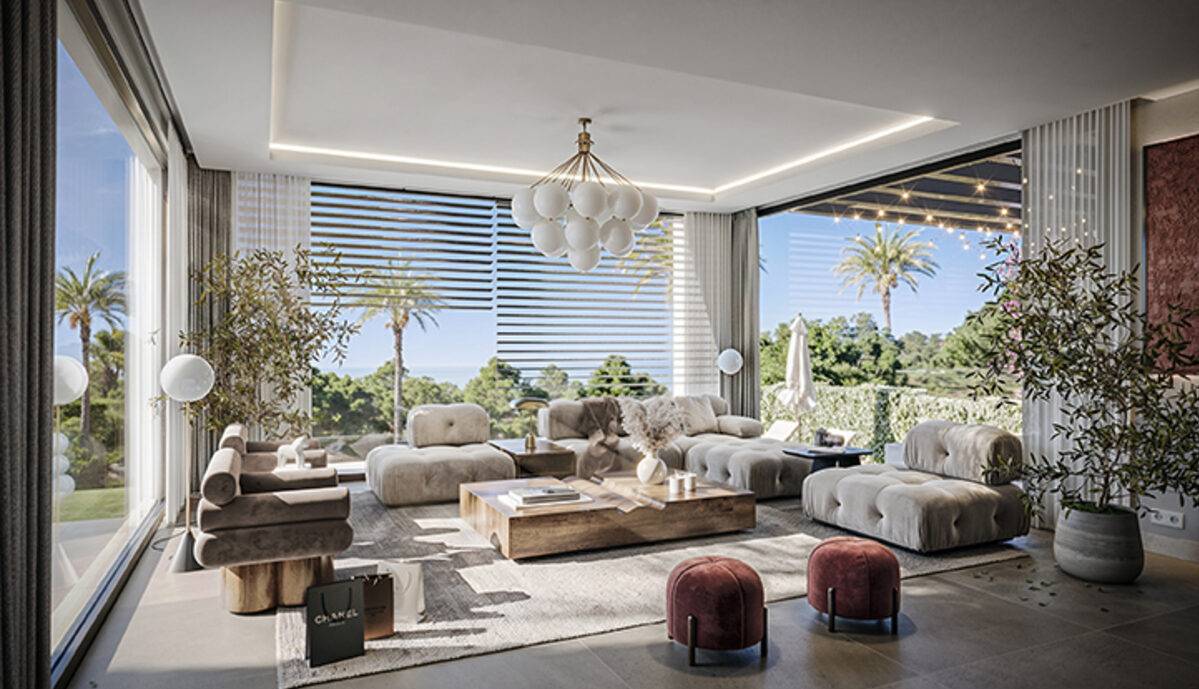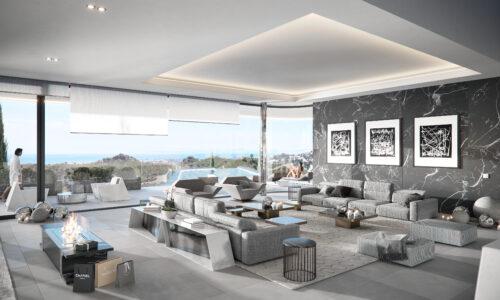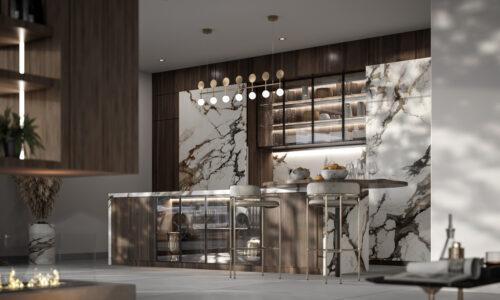
3D Infographics: Creating Hyperrealistic Virtual Spaces
- Yissel Álvarez
- April 30, 2024
- 3D Design
-
0 Comments
3D infographics have revolutionised the way architects and designers present and visualise their projects. More than mere digital representations, these hyperrealistic creations offer a virtual window into the future, allowing clients to explore and understand spaces even before the first stone is laid. From captivating presentations to vital decision-making tools, 3D infographics have become an essential component in the arsenal of any architectural design professional. In this article, we will delve deeply into the fundamentals, benefits, and key techniques behind this fascinating discipline, as well as the tools and tips necessary to create truly stunning representations.
Read this article: Elevate Your Designs with Exterior 3D Animations
Benefits of 3D Infographics

3D infographics offer a number of benefits for architects, designers, and their clients, including:
- Better communication: 3D representations can help communicate complex design ideas in a clearer and more effective way than static images or plans.
- Increased realism: 3D representations can create hyperrealistic depictions of a project, allowing clients to see how the finished space will look before it is built.
- Early identification of issues: 3D representations can help identify potential design issues before the project is built, which can save time and money.
- Greater flexibility: 3D representations can be easily modified to reflect changes in the design, making them a valuable tool for the iterative design process.

There is a wide range of tools and software available for creating 3D infographics. Some of the most popular options include:
- Autodesk 3ds Max: A professional 3D modeling and animation software widely used in the architecture and design industry.
- Maya: Another professional 3D modeling and animation software popular among 3D artists and animators.
- Blender: An open-source 3D modeling and animation software that is free and available for multiple platforms.
- SketchUp: An easy-to-use 3D modeling software popular among architects and designers.
- Unreal Engine: A game engine that can be used to create interactive and real-time 3D representations.
Tips for Creating Effective 3D Infographics

Here are some tips for creating effective 3D infographics:
- Start with an accurate 3D model: It’s important to start with an accurate 3D model of your project. This will ensure that your representations are realistic and faithfully represent the design.
- Use realistic lighting and materials: Lighting and materials play a significant role in creating realistic representations. Make sure to use lighting and materials that are appropriate for the type of space you are representing.
- Add details and atmosphere: Details and atmosphere can help bring your representations to life. Add furniture, decor, vegetation, and other elements that make the space feel real.
- Consider camera perspective: Camera perspective can have a big impact on the impact of your representation. Experiment with different camera angles to find the best shot for your story.
- Use high-quality rendering techniques: Rendering quality can make a big difference in the realism of your representation. Make sure to use high-quality rendering techniques to get the best results.
Read this article: Maximise the Impact of Your Projects with 3D Renders in Málaga
If you need assistance with your architectural project and require visualisation services, please feel free to contact us for further information.







